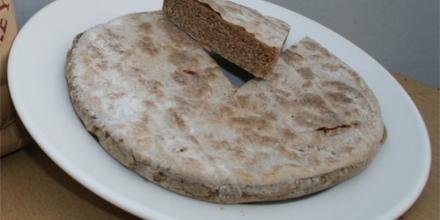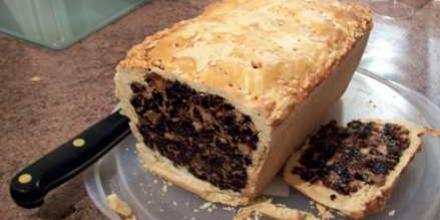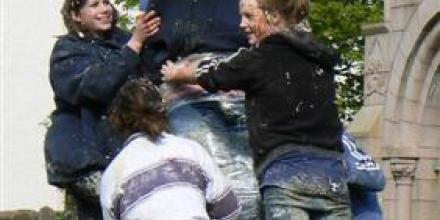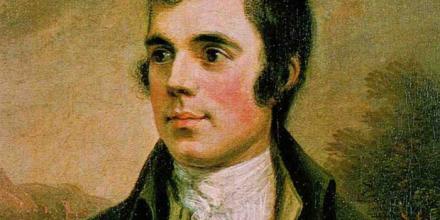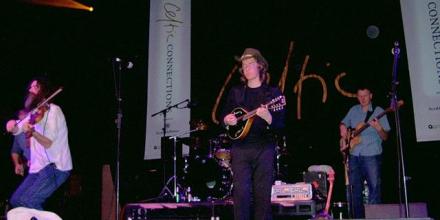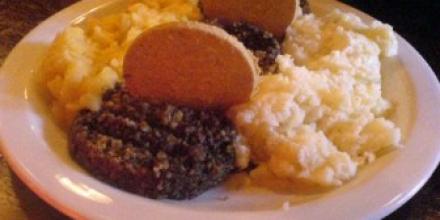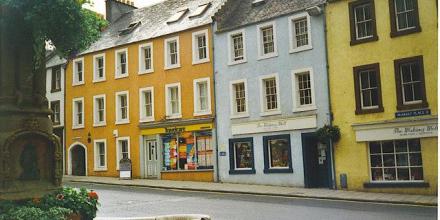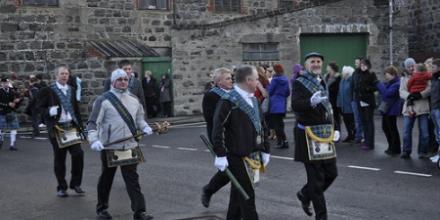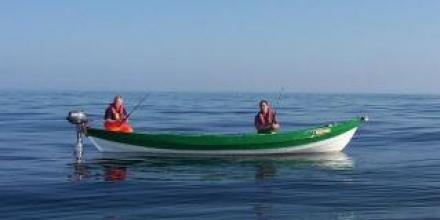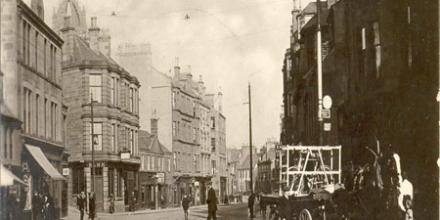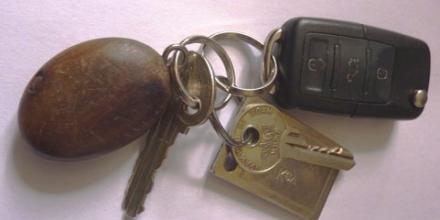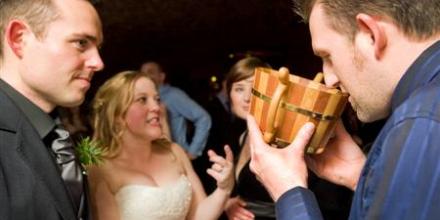Aberdeen Rowie
The buttery, which is also known as a rowie or Aberdeen roll, is basically a bread roll, characterised by a flaky texture and buttery taste. They are often eaten toasted with jam/butter As the alternate name of Aberdeen roll suggests, butteries are a speciality of Aberdeen but they are actually common throughout the North East of Scotland and can be found in Elgin. They were created in the 1880s, to provide the growing Aberdeen fishing industry a type of high-fat roll which would keep for longer perio... Read More


